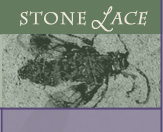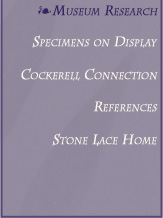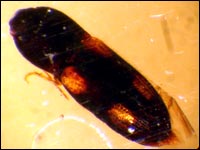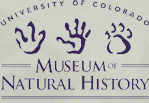 |
 |
||||||||||||
|
Florissant is better than amber: When it comes to the preservation of fossil beetles. Research by Dr. Dena Smith, Curator of Invertebrate Paleontology, CU Museum
Florissant is often cited as one of the world's great fossil insect deposits. Over 1,500 insect species have been described from the 34 million year old deposit. To compare Florissant to amber deposits, I created and used a database that compiled the world wide fossil beetle literature. Beetles in the database represent localities from around the world, including all beetle species described from Florissant and from all fourteen of the beetle-bearing ambers.
Additional research indicates that Florissant and the amber deposits differ greatly in the size classes they preserve and in the ecology of the beetles that are captured. Florissant captures a wider range of size classes (1-24mm) and beetles average 6.7mm. Amber preserves fewer size classes (1-12.8mm) and the average size is 3.45mm. There are also differences in the ecology of the taxa captured at Florissant and in the amber deposits. Florissant has a good representation of aquatic groups, which are mostly absent from amber deposits. The ambers tend to capture wood-inhabiting groups, which are much less common in Florissant.
Return to the Museum Research page. |

|
||||||||||||
|
|
|||||||||||||
|
|||||||||||||



